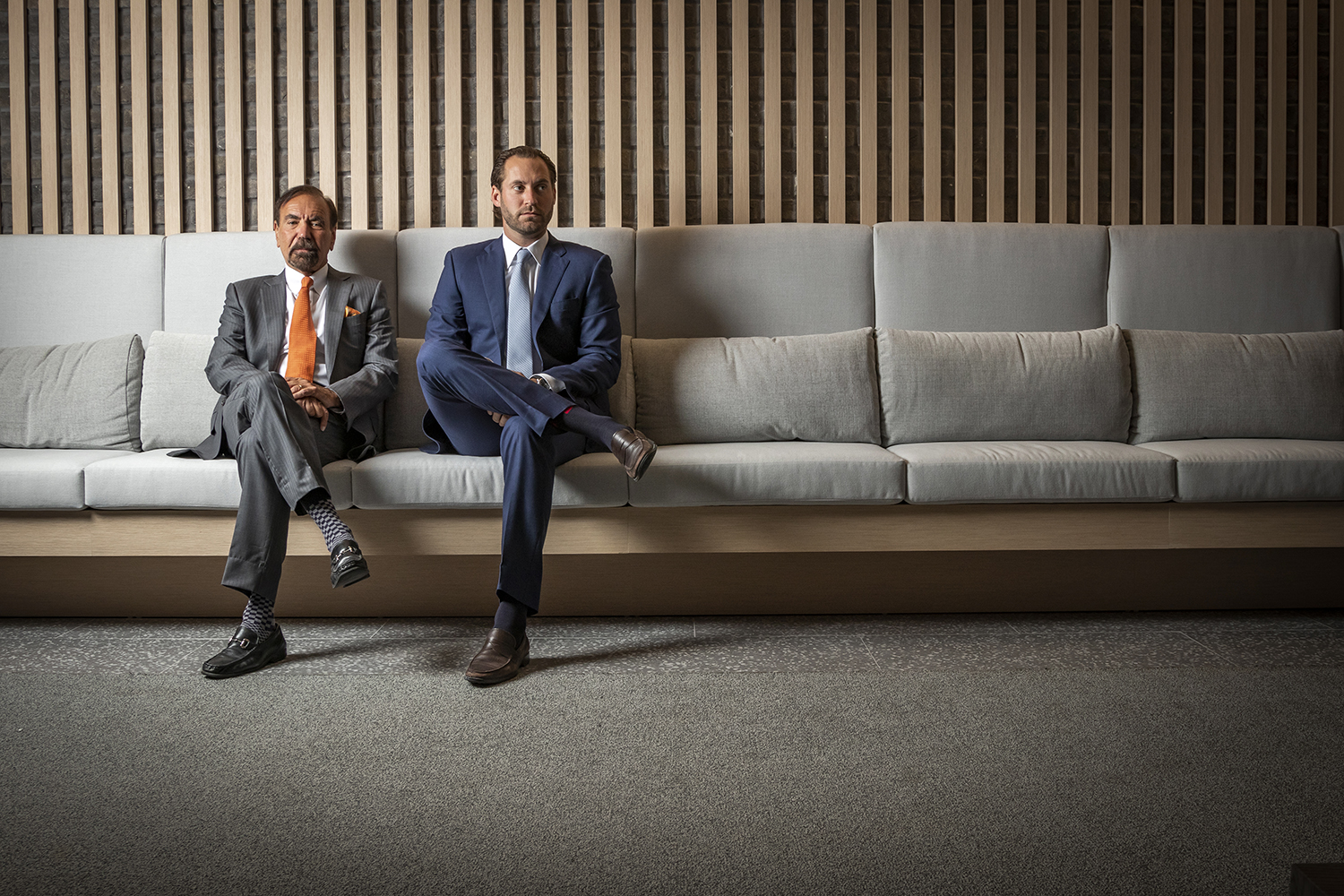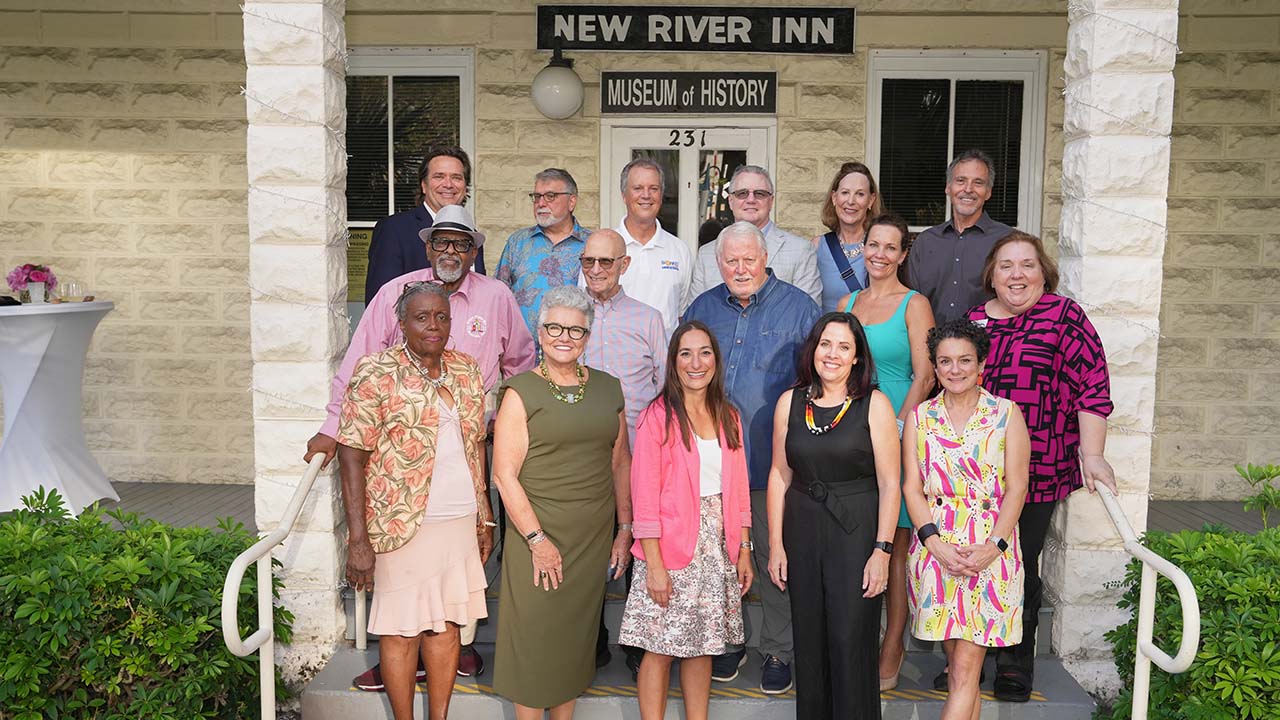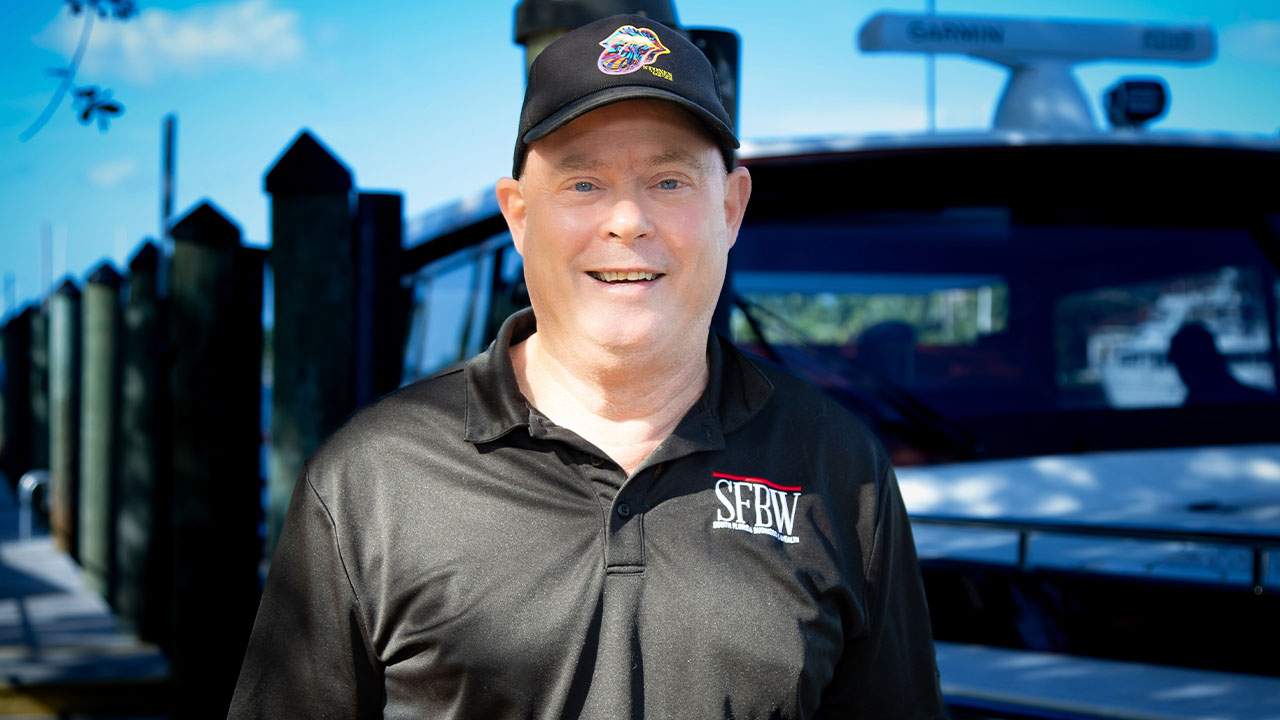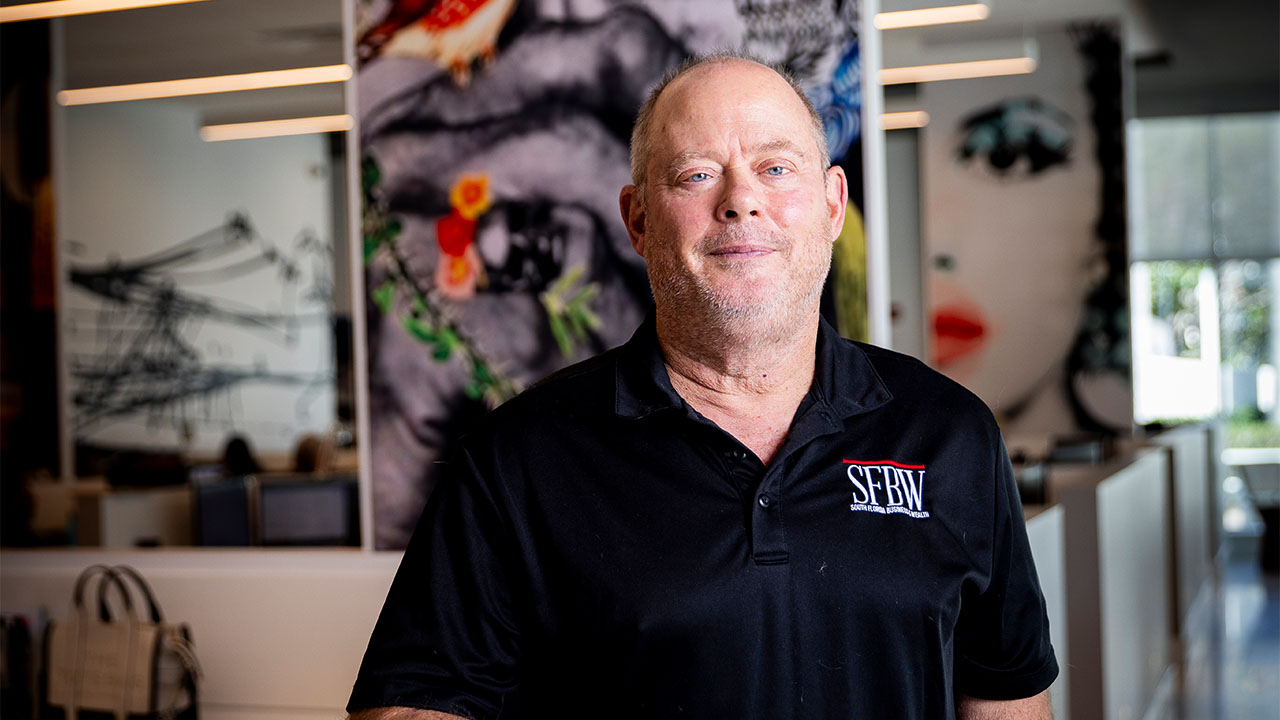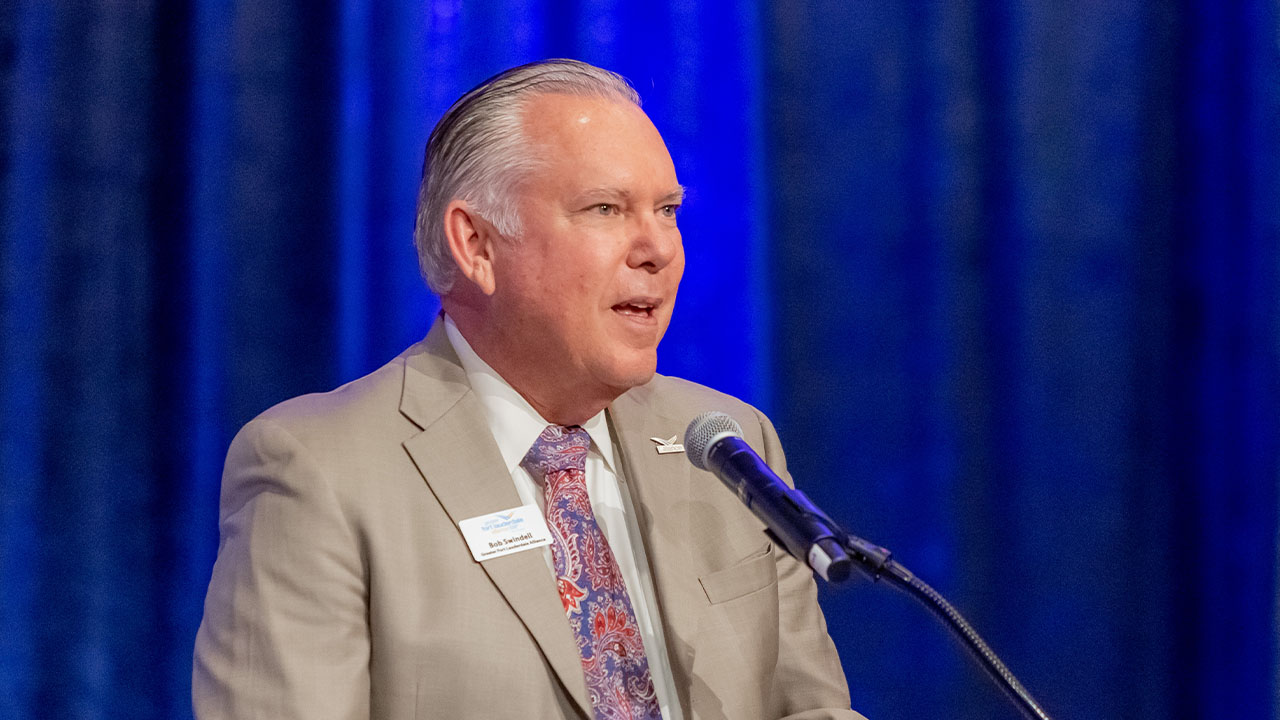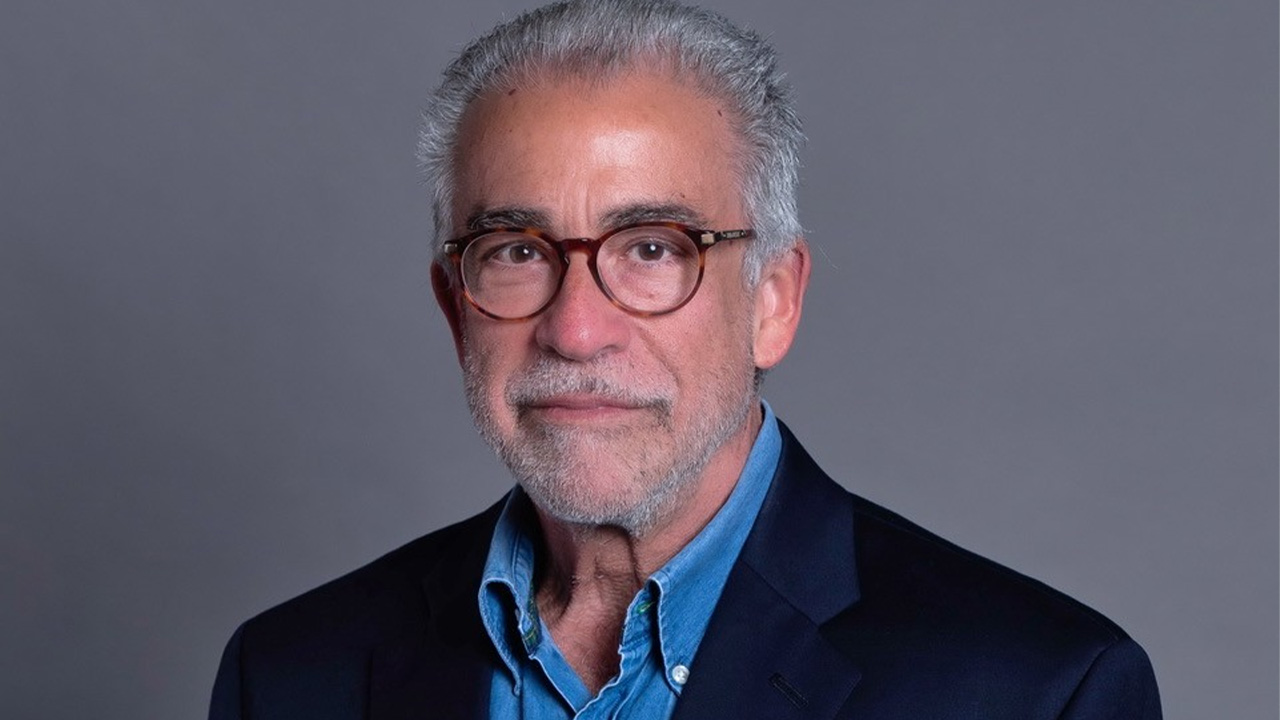[vc_row css_animation=”” row_type=”row” use_row_as_full_screen_section=”no” type=”full_width” angled_section=”no” text_align=”left” background_image_as_pattern=”without_pattern”][vc_column width=”2/3″][vc_column_text]
Mega-developer Jorge Pérez of Related Group was on the cover of the first issue of SFBW in September 2014 and he was interviewed for this edition as part of the magazine’s fifth anniversary celebration. Joining him this time, though, was his son, Jon Paul, who is poised to take over as president within a year and CEO within two years.
The interview covered an array of topics, including succession planning, housing affordability and Jorge’s long friendship with business partner Stephen M. Ross, the chairman and majority owner of Related Companies. Ross also owns the Miami Dolphins, and Jorge is a vice chairman.
Jorge has led South Florida’s urban evolution for over 40 years. He started his career in public housing, but became the region’s condominium king and has developed more than 100,000 units. His passion for creating vibrant, urban communities has made him a trendsetter, often the first developer to enter emerging or underappreciated neighborhoods.
The Related Group has partnered with world-class names such as designers David Rockwell and Yabu Pushelberg. Pérez, whose name is on the Pérez Art Museum Miami, also infuses projects with curated collections, featuring pieces from master artists, including Frank Stella, Jaume Plensa, Fabian Burgos and others.
Since joining Related in 2012, Jon Paul has overseen the development of several thousand market-rate rental, affordable and luxury condominium units—including the 200-unit The Manor, the 365-unit Town City Center and the 690-unit Brickell Heights condo property. Now, he is spearheading several projects in Miami’s Wynwood neighborhood: Wynwood 25, a 289-unit luxury rental property across from the iconic Wynwood Walls; The Annex, an eight-story, 50,000-square-foot, class-A office building; and The Bradley, a 175-unit rental tower, boasting interior design by Kravitz Design.
The interview was held in Wynwood 25, which is offering studios to three-bedroom rental units. The conversation has been edited for brevity and clarity.
I looked at projects Jon Paul has been active in and I thought they had really good hooks, such as being Wynwood, and connections to big names and brands, Residences by Armani/Casa and Lenny Kravitz and the Bradley. Talk about the philosophy of what you’re building.
Jorge: Wynwood was a continuation of trying to always do projects that are the best in the market that we’re in. So when you look at this project, which Jon Paul is fully responsible for, he went and picked a group of designers in New York that give us a totally different look than the ones that we’ve had in previous projects, both rental and condominiums—trying to get to that market that was hip and young. I think he did a fantastic job in picking the right furniture, decoration and amenities. The same thing absolutely was with the art that was chosen. We could have chosen a graffiti artist, that would have been just one of the many in Wynwood, but we went outside, and he picked two incredible graffiti artists.
Jon Paul: I think it’s very important in markets to cater to who your final renter is going to be or who your final buyer is going to be. Lenny Kravitz, for example, is a very hip, very cool rock star who appeals to the millennials who want to be in a cool building. It’s going to be a very social building. [Project designer Adam] Meshberg [of Meshberg Group] started in Williamsburg in Brooklyn, where you have your same type of renters and tenants. Williamsburg is like Wynwood was 10 years ago.
Are there any opportunities for more high-rise construction in the near future?
Jorge: I think overall the future of cities and high-rises, unless we want to totally screw up our environment, is we need to move into denser cities and that means denser buildings. Wynwood is much more of a village-type neighborhood, and we hope that Wynwood will continue to be developed in a much more human scale from buildings that are from eight to 12 stories high. In areas that are close to rapid transit and into downtown locations, I think that you’re going to see a continuous amount of high rises, because of (A) the land prices and (B) we want to create an urban core that has no need of a car in the future, such as New York or London or Paris. For this, we need to achieve much greater densities. We have planned for a number of very dense high-rise buildings and key locations like 1400 Biscayne Blvd. and 444 Brickell Ave. At 444 Brickell Ave., our first building will be probably a 500-unit building with a combination of uses.
Are you looking at different sizes of properties for different developments, depending who you’re targeting there?
Jon Paul: I think it all depends on who your target market is. Wynwood, for example, we decided to go with smaller units, just because the absolute price per month for the renter, we thought need to be around $2,200 and less. Eighty percent of the units are studios and one-bedrooms. If we’re looking at a small condo site in downtown, we would be doing smaller units to appeal to someone who could buy a unit for $250,000, as opposed to $500,000 and more.
Jorge: Because the spaces are smaller, the amenities that we put in the buildings are absolutely staggering. They’re going to come out of their 400-square-foot studio and are going to have amenities that are actually even better than the most luxurious buildings. That includes exercise facilities, wine rooms, community rooms, the swimming pool areas, spas—everything that they would want to live outside of a confined space.
Talk a little bit about the succession plan for Jon Paul. I think one of the things I read was you spent five years with Stephen Ross in New York.
Jorge: He actually was more than five years outside, 6½ years, working in New York. Why New York? Because I think New York is the most competitive market in the world. I remember calling Jon Paul and Nicky, my other son that is in the business, at 10 o’clock at night, and they would still be working and everybody would call up for dinner together at 10 o’clock and they would have dinner at the office. It’s a very, very competitive environment made of very bright people, all of whom push each other. I thought that was very, very important in their development. The second thing that I require is either a master’s degree, or two more years of working outside the company. And that’s because I don’t want them just to come into the company and feel that they’re entitled, as owners’ sons, to be running a company. They need to have the right experience in order to gain the respect of all the staff. I’m very proud of the transition that is taking place. We look for Jon Paul to assume the presidency of the company within a year. I will become the chairman and the CEO. And then another year, hopefully, after that, he will be the president and CEO. Right now, he’s taking more and more of the day-to-day responsibilities. He still has four or five jobs directly under him, in addition to all these responsibilities. Nicky, who is the 31-year-old son, is now completing his master’s degree. He also worked five years outside the company and is coming along and working and learning everything about the different parts of the business—the International, the rentals, the condominiums, the affordable housing, the property management.
So, the plan is that Jon Paul is going to take the reins of the company, Nicky will be coming up behind him and together they will be running the company with, of course, the senior staff that we’ve had for decades, who are extremely competent. I am already probably at a point in which [my time] is 50/50—50 percent would be philanthropy, our family and travel, and 50 percent work. I will be able to devote more time to other areas that are very pleasurable to me—never, I think, totally leaving business as I love the real estate development, creative part of the real estate business.
Jon Paul: When I when I moved back, over 6½ years ago now, I started in the rental division. I never project managed a job before, I learned more of the finance and numbers side of the business while I was in New York. When I moved back, I was thrown into building a 200-unit job in Plantation [Manor Plantation], reporting directly to the president of our rental division. Not much knowledge of construction, but it was the best experience because it really threw me right in there. You had to ask questions. I had a strong construction manager on site. I had to either sink or swim.
I ended up building two successful rental jobs in the rental division and then moved to the condominium division. I got to see two different asset types, from start to finish, and then from there, transition to my own projects in Wynwood, where it was everything from sourcing the acquisitions, to finalizing the construction with the contractors, finalizing the equity partners, and then getting them built and rented. So, throughout the years, every year, there’s been more and more responsibility. I hope to do another 40 years, eventually have my children in the business, which I don’t have yet.
This may be a tough question: I know you’ve had a really long-standing collaboration with Stephen Ross. He was recently in the news for supporting President Trump, but you’re known as a Democratic supporter. You see this nation of ours that is sort of divided along partisan lines and yet you seem to be able to keep this collaboration with Steve going on. Give us some words of wisdom.
Jorge: I think it’s a very good question, because it takes us away from just business to what the roots of what I think the problems are in this country today. Whether Steve supported Trump or did not support Trump, or he made statements for Trump and I made statements against Trump should not diminish one iota the deep respect and friendship that we have for each other. Immediately when that happened, I called him to support him, because I think he got a little bit of a bum rap. I am not a Trump supporter politically, but I fully endorse anybody’s capacity to support Trump and to make statements … just like I have the full right to make statements against Trump or not and to fundraise for Democrats whether they are liberal Democrats or centrist Democrats or not. The problem with this country seems to be that we cannot take those positions and talk about them in a constructive way.
But it seems like it always has to be like an unresolvable conflict, you know, such as immigration. There’s people on one side of the scale saying, “Let anybody come in” and there’s people on the other side of the scale, saying, “Build a wall and put guards there to not let anybody in.” Well, the answer is someplace in between. The greatness of this country was in that centrism, in that conversation between different sides, we would come to intelligent decisions and that’s the way the country grew. Now, there seems to be a constant battle and repudiation outright of people’s ideas. So, yes, I am a liberal Democrat. And, yes, I believe in fair immigration policies, as for how I came to this country. [Pérez was born in Argentina to parents who had lived in Cuba.] I believe that global warming is a huge issue. I believe in national health care of some type. I believe in free trade. I believe in many things that maybe are not in line with President Trump’s policies. Nevertheless, I was a very good friend of President Trump, until we had disagreements politically and I hope that when he finishes his administration that we can talk about these things in a friendly way, because friendships are above and beyond the politics that you have.
Steve is not, by the way, as conservative as Donald Trump. He has much more of a liberal bent to him. We have talked about immigration and he’s definitely not a right-wing immigration person. We’ve talked about the environmental issue and he is definitely very concerned with global warming and the environment. We have talked about many other issues in which I would say he is much more of a liberal. And I think when it comes to economic policy, like tariffs, having less regulation for business and so forth, we differ in our opinions, but that does not in any way decrease the great friendship that we have.
Talk about affordable housing and how you are trying to address it.
Jorge: It’s one of the hugest problems—not only in Miami, but in the world. There’s an immense demand for affordable housing and it is not going to be met by either just the public sector or the private sector. So, partnerships between the public and private sector are extremely important if you want to continue to have a workforce that lives in the city, but there’s not enough money to meet that demand.
I started as an urban planner and economic development director here in Miami. And I moved into public housing because it was a way to both make money and to continue to do a public good. When the condominium market was so prevalent here in Miami, we left that for a while because we had to concentrate on all of these condominium projects that we were not doing only in Miami, but around the world. But immediately when we had the breathing room, particularly after the 2009-2010 recession, we went strongly back into affordable housing. Today, affordable housing is a very strong part of our corporation. We do everything from elderly public housing, to family public housing, to lower-income to lower-middle-income housing, to workforce housing.
Are there things that government might do to facilitate affordable workforce housing?
Jorge: There’s a bunch of things that government can do. They can do bonus densities for the provision of affordable housing in your development plan. They can take away impact fees and other fees that are paid to the counties and the cities. They can do real estate tax abatement, which has been used very successfully in other cities. They can use public land that is now sitting vacant, or misused, to work with affordable housing developers and put it in at lower prices. They can use more of their budget in order to provide subsidies in the sense of mortgages or outright subsidies to both homeownership and rental housing affordability. They can change the zoning laws in order to have less parking and smaller units to reduce housing costs.
We have the biggest public-private partnership in Liberty Square, in which we’re doing housing affordability and we’re going to try to get different income ranges, so it’s not just a low-income housing development. We’re going to try to get a commercial development and so forth. I think the city is very smart in increasing densities, and doing housing developments along transportation nodes, whether it’s Brightline or the people mover or the bus lines and so forth. We would like to participate more and more in those type of developments. We have probably been in almost every joint, public-private RFP [request for proposal] that has come out along the transit stations. But sometimes because we tried to do more of the affordable housing component, we have lost because we are not able to provide the city or counties with the most amount in the RFP. One of the things that the cities need to do when they come out with these RFPs is, if a developer is doing, say, 50 percent affordable and 50 percent market rate, then they will not be able to pay the city or county the same amount of money for the land as if they were doing a market-rate job. That’s extremely important for them to consider if they want to be promoting housing affordability.
Talk a little bit about retail, mixed-use projects and Wynwood.
Jon Paul: Retail is a changing environment. You’re seeing a lot more of the brick and mortar going away and a lot more food and beverage and the experiential type. In Wynwood, we have 35,000 square feet in this job. We’re 50-percent leased and that’s 90-percent food and beverage. We started leasing about six months ago. We’re now seeing gyms, yoga studios, cycling studios, newer-type retailers, such as like Allbirds, the Lululemons are now coming and looking at the market after they’re seeing that it’s filling up and people are now going to be living working and playing here. And instead of doing their typical, you know, say Lululemon just opening up a store, they’ll probably incorporate that with sort of a coffee shop inside. So it’s more of an experience when you actually come in—you get a coffee, you have a drink, you buy a shirt, you buy some workout shorts. I think it works well when you have a mixed-use project, right? So, they know that they have the office component that’s right there. They have the people that are living above, and then the retail on the bottom. So just with that little it’s like your own little ecosystem in that project.
So, hopefully, next year, we’ll start with four jobs, which will be 1,300 units, 250,000 square feet of office with another 130,000 of retail. So, three years from now, let’s say you’re going to have 3,000 units in Wynwood, office, and then now you really have a neighborhood that I compare to Brickell before Brickell City Centre. Now, you have a real major hub. People are shopping, eating, living, working. You’re getting tenants, like we signed a full floor with Live Nation. That’s a multibillion-dollar company. We have two other offers out there for two full floors for companies of just the same size. Three of the employees of Live Nation are actually renting apartments here in this project.
How is the global economy and tariffs impacting your business?
Jorge: it is hurting us two ways. One is pricing of materials. They’ve been going up, particularly with the tariffs that Mr. Trump is putting on some of our trading partners, like China. But more importantly, remember that our condominiums were 80-percent sold to foreigners. The dollar has become very strong, particularly visa vie Latin American countries. So, buying a condominium in Miami has become very expensive. So, if before, in Argentina, 20 pesos would buy you a dollar and now 50 pesos would buy you a dollar, the apartment has become twice as expensive without us changing our pricing. So that has put a big, big damper into our international demand, which was a huge part of the real estate growth in Miami. ♦
Recent Philanthropy
Over the past year, there have been four major donations by the Pérez family to bolster Miami’s creative community and support South Florida’s arts and education institutions:
• In November 2018, The Jorge M. Pérez Family Foundation at the Miami Foundation created a new $1 million gift to 20 local organizations
• In January 2019, the family foundation announced a new artist grant at the National YoungArts Foundation’s annual Backyard Ball.
• The family foundation also announced The Pérez Prize in partnership with The Pérez Art Museum Miami (PAMM) for a new annual, unrestricted award of $50,000. This year’s recipient was Christina Quarles, in honor of her outstanding achievements and impact on the current art historical narrative.
• In May 2019, the foundation established the inaugural Pérez CreARTE Grants Program, which will distribute $1 million in grants annually across three distinct focus areas: Artist fellowships/residencies, arts education and access, and spaces for creation.
[/vc_column_text][/vc_column][vc_column width=”1/3″][vc_gallery interval=”3″ images=”36213,36214″ img_size=”full” show_image_description=”yes”][/vc_column][/vc_row]



